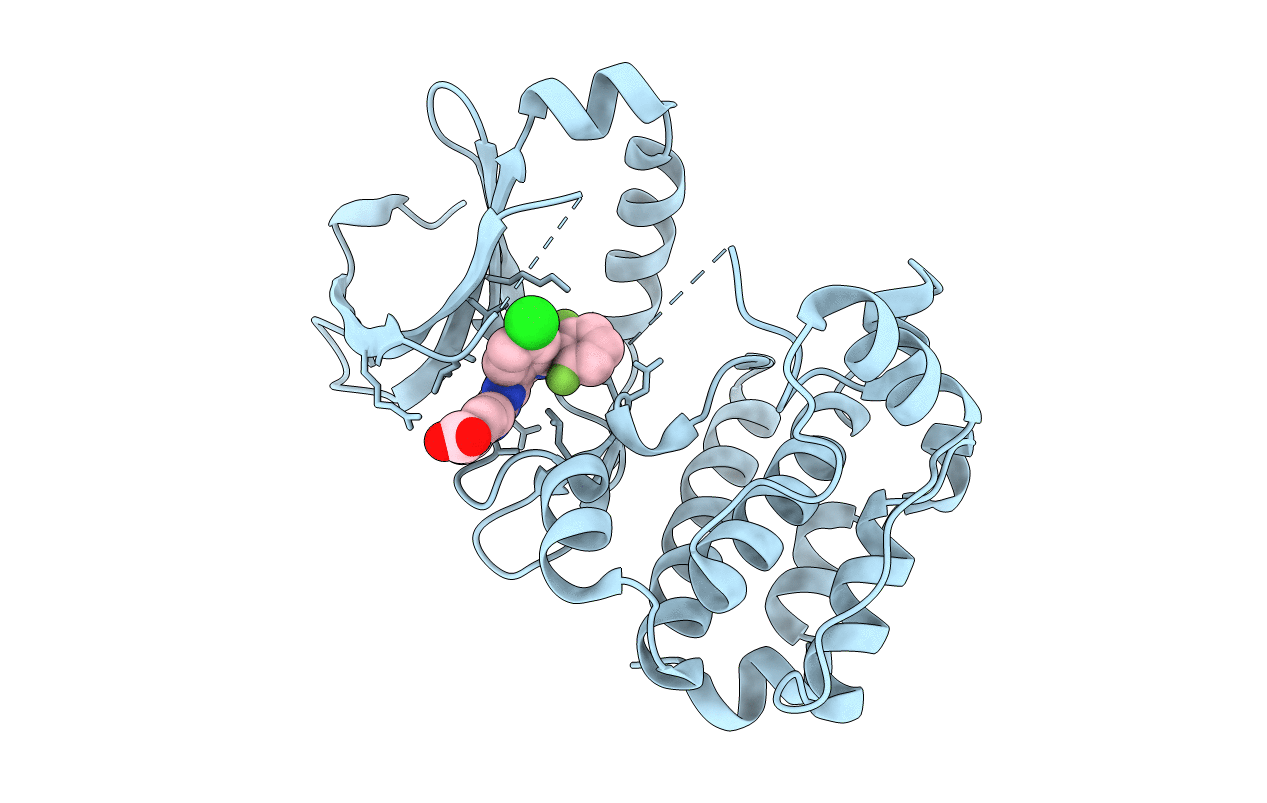
Deposition Date
2010-03-05
Release Date
2010-05-05
Last Version Date
2023-12-20
Method Details:
Experimental Method:
Resolution:
2.91 Å
R-Value Free:
0.30
R-Value Work:
0.24
R-Value Observed:
0.24
Space Group:
P 61 2 2


